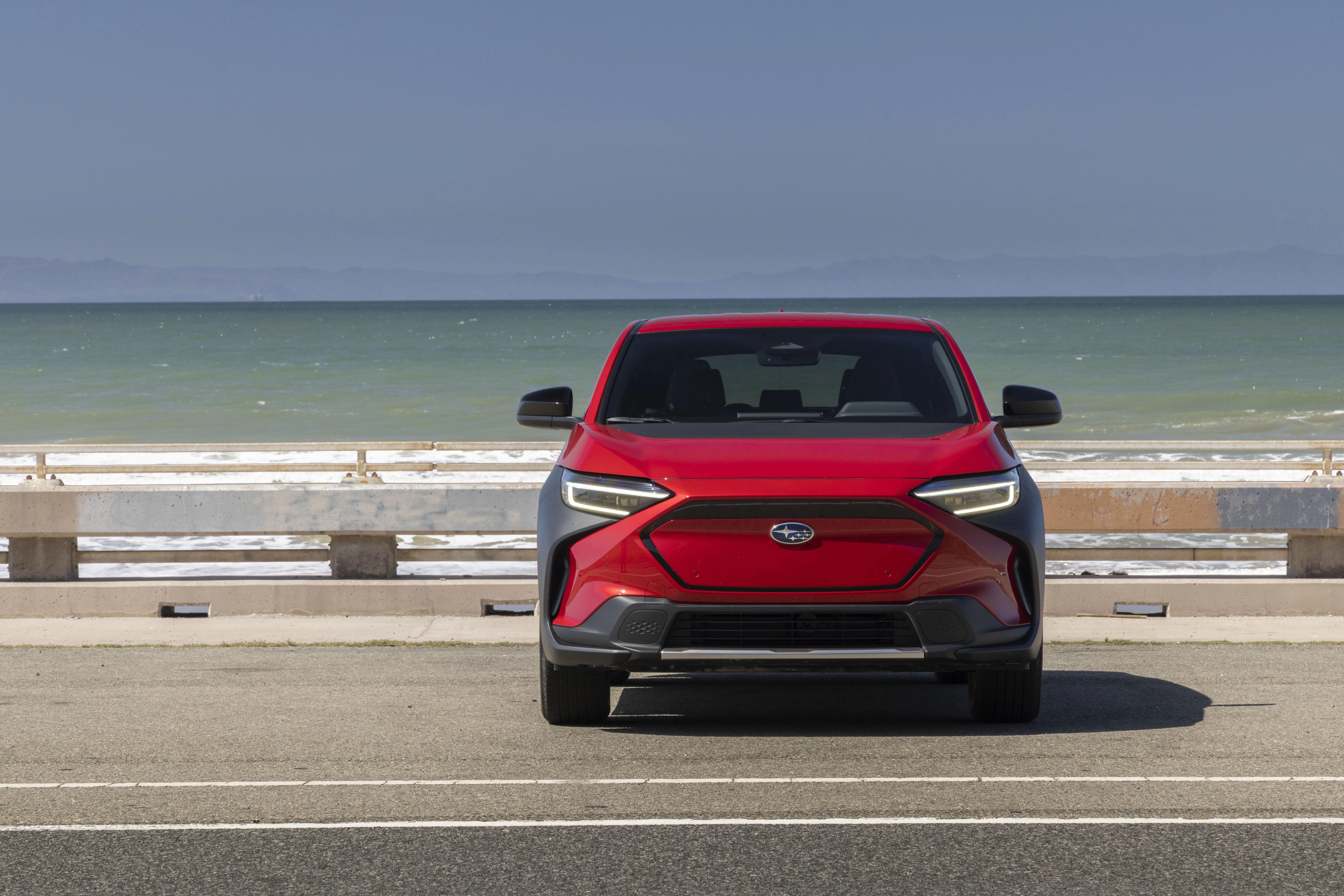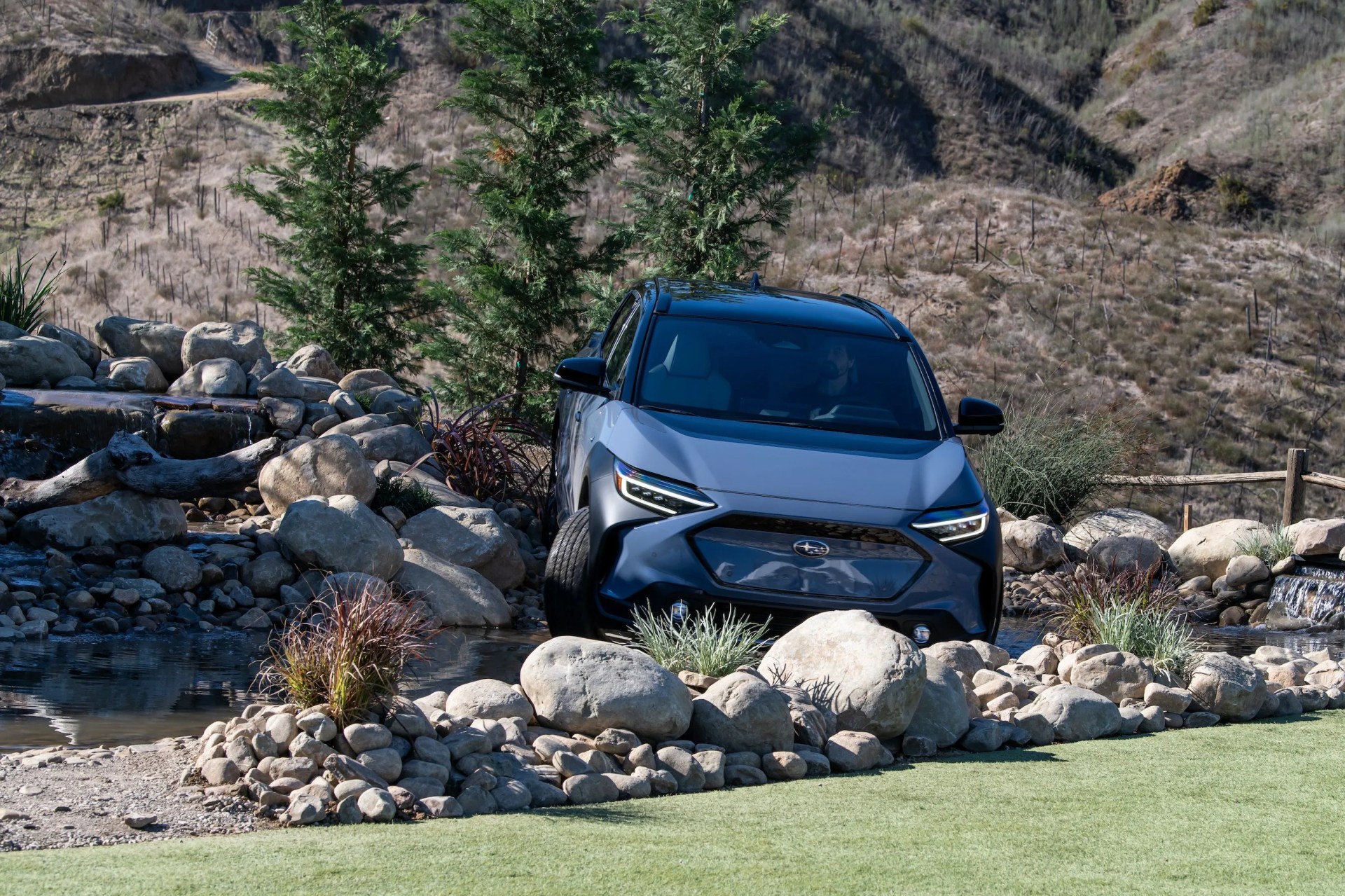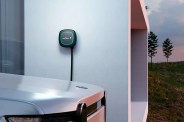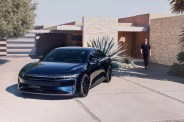The EPA has proposed plans for issuing far more stringent vehicle emissions standards. If approved as constituted, the new regulations will phase in between 2027 and 2032. And to meet them, it’s expected that car manufacturers will need about two-thirds of their sales to be battery-electric vehicles by 2032.
Meeting those standards will require a massive shift from manufacturers and consumers. But it’s a shift that’s essentially already underway and will impact some manufacturers far more than others.
Here’s what you need to know.
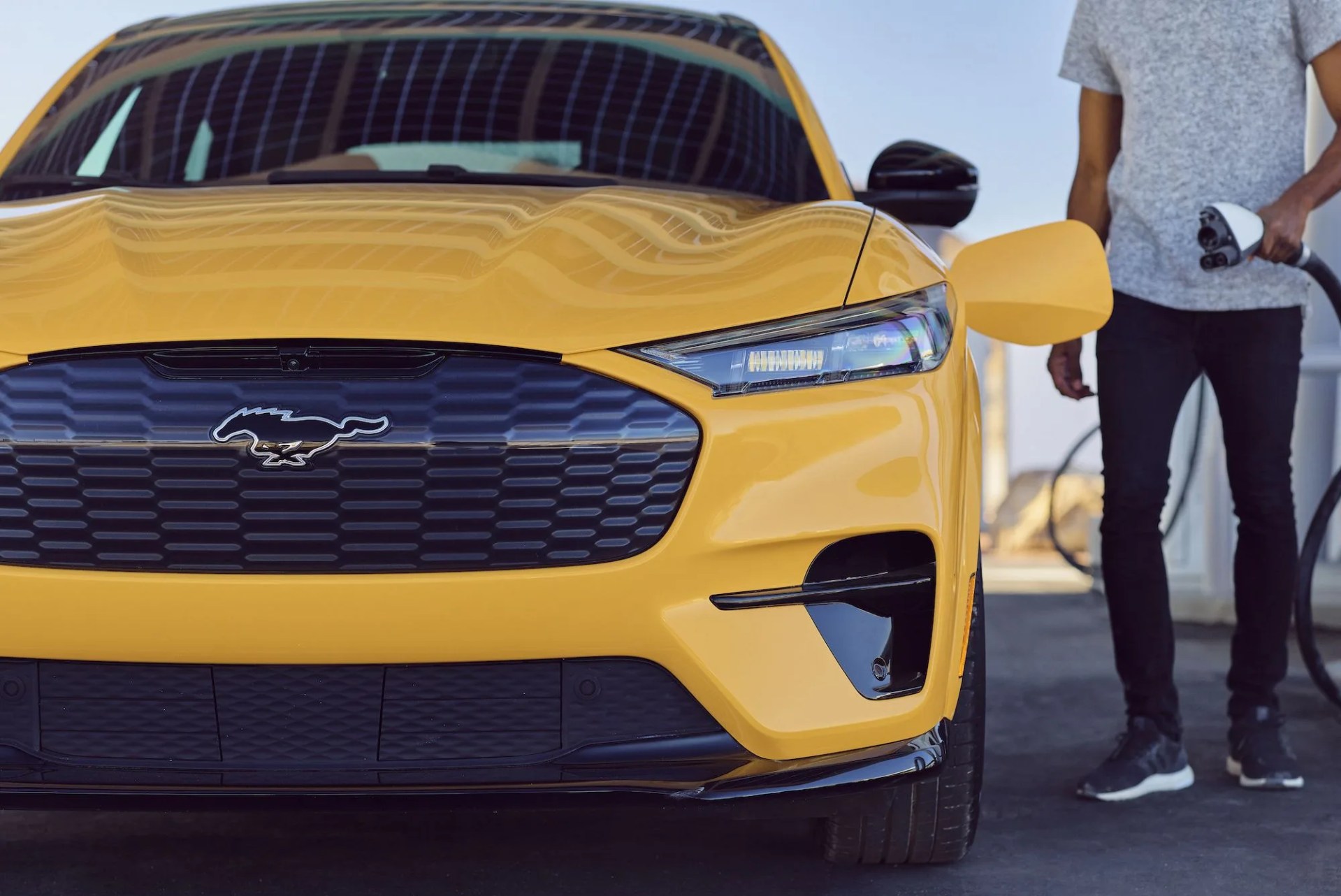 Ford
FordThe shift to EVs is already in progress
Only 5.6% of new vehicles registered in America were EVs last year. Getting to 67% sounds daunting. But those numbers don’t present the entire context. EV uptake is growing dramatically. New EV registrations increased by 57% in 2022 — when overall market registrations dipped by 11%.
That growth is happening while major limiting factors exist on buying an EV. EVs still price out most buyers. The infrastructure supporting EV usage is improving but not where it needs to be. And the EVs people would want to buy either don’t really exist yet (family-sized three-row SUV) or involve getting on an interminable waiting list (EV pickups). Actual demand is likely much higher than 5.6%. Nine years is a long time for demand to grow and drawbacks to be resolved.
 Ford
Ford